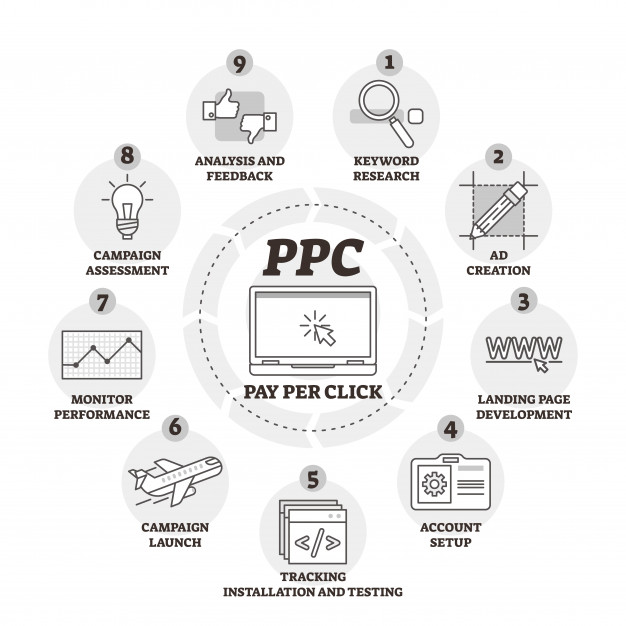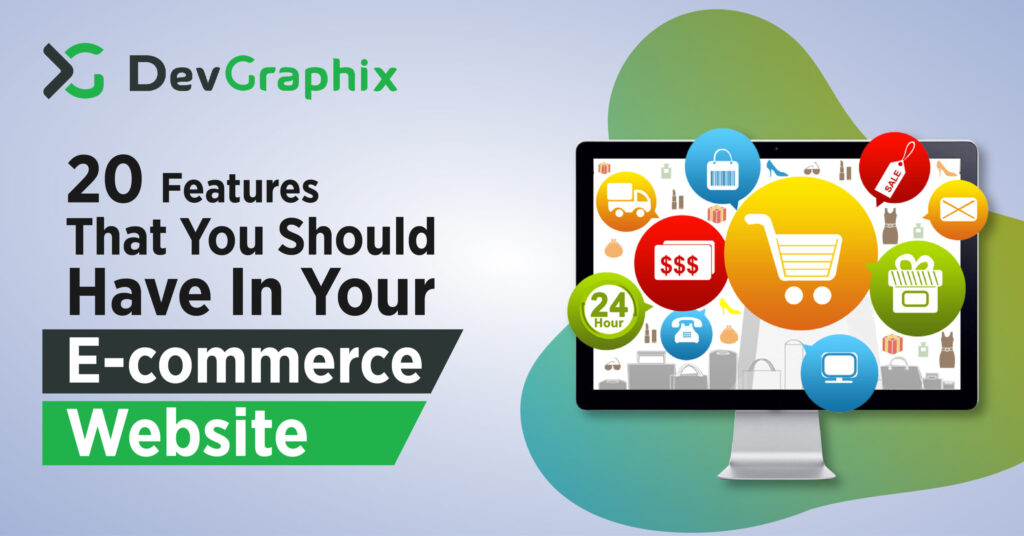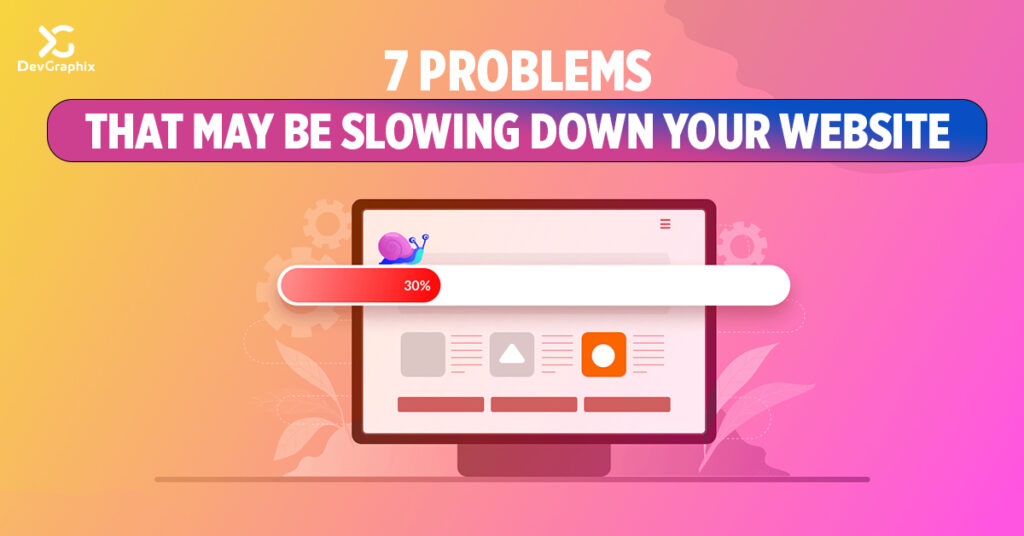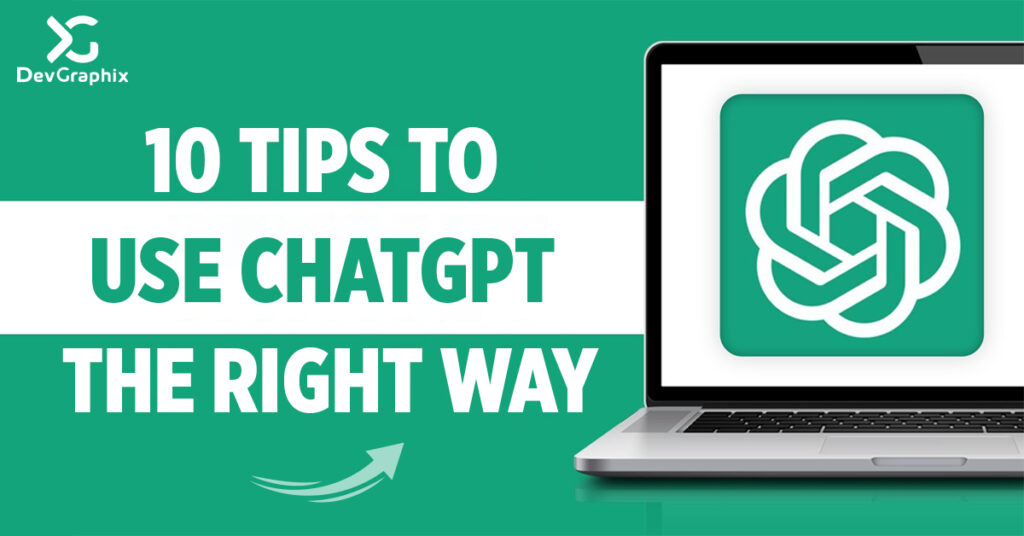How guarantee you’re that you are receiving the best deal online? How can you save time and get it all done in one place? Sound too good to be true? Think again— Smart Shopping Campaign Optimization gives you what we claim is a better shopping experience online, and it’s all backed by science. Our research shows that personalized shopping experiences are much more effective at informing consumers about products than static banners and other static features.
At its core, a shopping campaign is about delivering the most relevant products to the people who are most likely to buy them. To achieve this goal, you must optimize your campaigns with best practices that will help them deliver maximum value.
The main objective of this smart shopping campaign is to use your product feed through machine learning to create and display a variety of ads in various networks like Google search and display networks, Gmail, and YouTube. We have gathered a list of six best practices for optimizing your campaigns in this post.
Google Smart Shopping Campaign Optimization
Most importantly, focus on a few key personas rather than wasting time and money targeting everyone. If you try to create campaigns for every conceivable persona that might buy from your business, you’ll spend all of your time and budget trying to please everyone. Worse still, you might not be targeting the key personas that could make a significant impact on your bottom line.
One way to focus your efforts is to create customer personas. This process, similar to creating a marketing strategy or SEO plan, asks you to envision your ideal customer and then write their profile. After identifying the target audience you want to reach with each persona, it’s easy to focus on the actions that will significantly impact them.
1. Conversion Tracking
Conversion tracking is a free tool that helps understand what happens after a customer interacts with your shopping ads, such as tracking online purchases, sign-ups, and store visits.
Conversion tracking is perhaps the essential best practice to optimize for when performing A/B testing. Even if you’re not tracking your sales and revenue as you would most other parts of your business, you should be capturing data from each campaign and experimenting with different ad creative to see what’s practical. You’ll want to measure the results of your efforts so you can see which ads are driving the most conversions.
2. Remarketing
Remarketing allows advertising to people who have recently visited your site and may be more likely to make a purchase. You don’t have to know why someone is visiting your site or what they’re looking at. As long as they visit, you can show them your ads and try to convince them to come back or make a purchase.
3. Budget
Use the combined historical daily spend of your current Standard Shopping and display remarketing campaigns to determine your Smart Shopping campaign’s budget to keep a similar overall spend to your Standard Shopping campaign. Rememberthat Smart Shopping campaigns take precedence over Standard Shopping and display remarketing efforts for the same account for the same product.
4. Target ROAS
Smart Shopping campaigns optimize your conversion value while sticking around your budget. You can also specify a target ROAS if your campaign has a minimum return goal. Target ROAS, on the other hand, is still focused on conversion value but with more control over ad spending.
For example, if your campaign’s goal is to generate $5 in sales revenue for every $1 spent on advertising, you can establish a target ROAS of 500%. Your bids will optimize to reach your goal ROAS within your daily budget if you set a target ROAS. If your ROAS is excessively high, some of your money may go unused, resulting in a drop in overall sales.
5. Products
Make the most of your campaign by including as many products as are applicable and appropriate. Shopping and dynamic remarketing ads frequently display many products from the same campaign; therefore, the more products, the better to choose from within a campaign. It’s also essential that you have many products in Merchant Center, which are approved and ready to serve.
6. Consider Conversion Value, Not Clicks
You may notice that your traffic fluctuates over time. This is expected when the Smart Shopping bid strategy may lower bids for clicks with low conversion value. The money you save is then utilized to increase your bids for clicks that are more likely to result in higher conversion value. Your CPC (cost per click) may fluctuate for the samereason.
Best Time for Shopping Ads Optimization
Seasonal and holiday events are critical for retailers to get in front of customers and increase sales. Increases in traffic, conversion rates, and revenue are expected during these times. Consider the following to make the most of these opportunities:
- Use Smart Shopping campaigns in the future. Their goal is to maximize revenue, and this strategy works effectively even when the volume is enormous. The bidding system can detect and respond to short-term changes in performance.
- Make any necessary adjustments to your budget. During peak seasons, there is often a surge in activities. Examine the most recent occurrence of the same or similar seasonal events to determine how much to allocate for these activities.
- As needed, adjust your Target ROAS. Competitors frequently bid more aggressively during a seasonal period to acquire more traffic. Consider decreasing your minimum Target ROAS if your campaign is being hampered by it.
- Adjust the seasonality of your business. Use the advanced seasonality adjustment tool to schedule conversion rate modifications that account for estimated changes related to an upcomingevent.
Google Shopping Campaign Optimization Checklist
- Use negative keywords
- Optimize your product feed
- Product title
- Product description
- Product image
- Find best and worst-performing products
- Optimize your Google Shopping campaign structure
- Choose the right bidding strategy
- Manual CPC
- Maximize clicks
- Target ROAS
- Target more specific location
The best practices you choose result in effortless optimization, automatic bidding, and easy integration for seamless marketing and tracking.
Need an assistance creating and running a smart shopping campaign for your eCommerce store? DevGrapix can be your right choice for all types of paid marketing. Get in touch to get a free quote!











